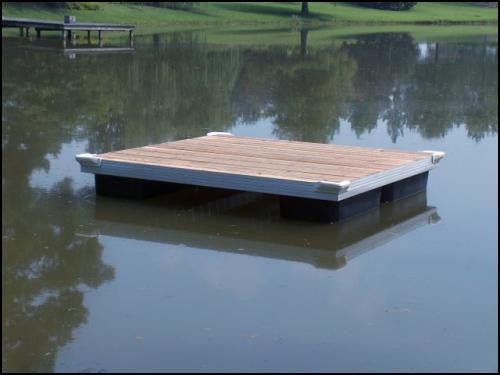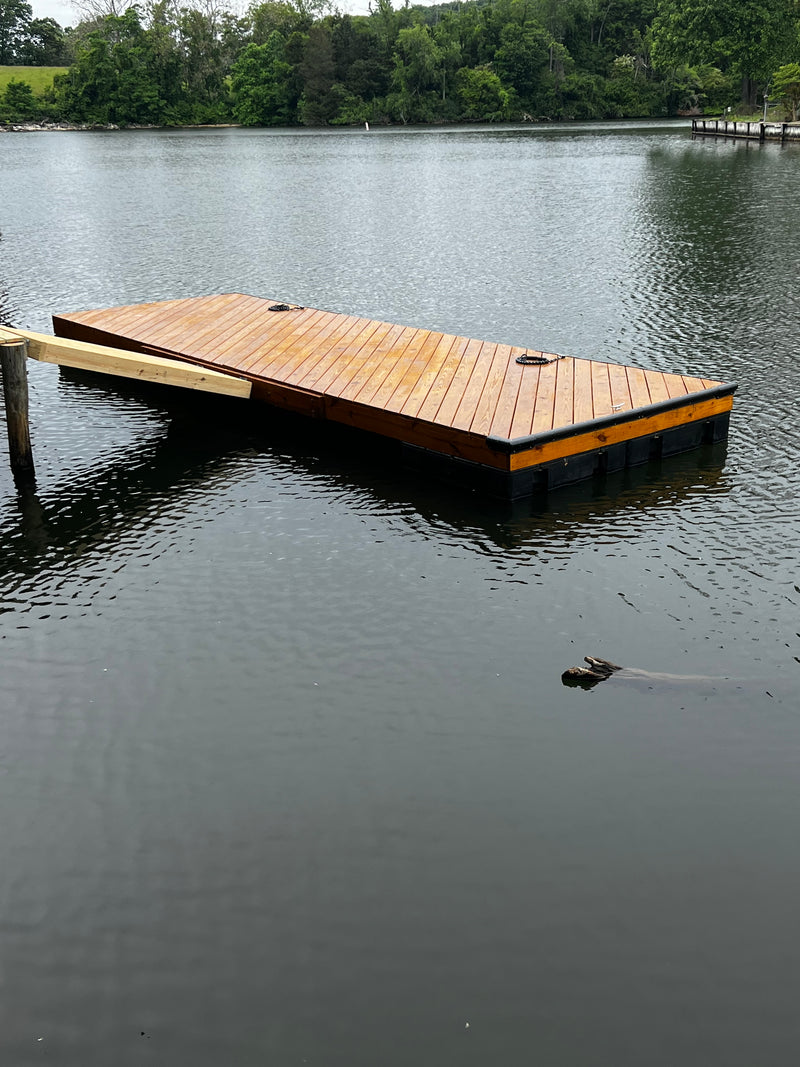Maximizing Your Outdoor Room with Specialized Floating Dock Solutions
Maximizing Your Outdoor Room with Specialized Floating Dock Solutions
Blog Article
Develop the Perfect Docking Option With Floating Docks
Floating docks present a flexible solution for a selection of maritime demands, adapting seamlessly to fluctuating water degrees and varied vessel kinds. As we explore the important components that add to the performance of floating docks, several crucial factors concerning stability and upkeep will certainly arise, raising questions regarding how to maximize your docking experience.

Benefits of Floating Docks
Floating docks deal many advantages that make them an optimal selection for different maritime applications. One of the key advantages is their adaptability to altering water degrees. Unlike repaired docks, floating docks fluctuate with the trend, making sure regular access for vessels. This feature is particularly vital in locations susceptible to considerable tidal variations or seasonal water level modifications.
Additionally, floating docks are commonly easier and quicker to install contrasted to standard set structures. Their modular design enables uncomplicated assembly and disassembly, assisting in upkeep and relocation when needed. This adaptability is specifically helpful for momentary applications or in settings where problems may change.
Floating docks also often tend to be much more eco friendly, as they lessen disruption to the seabed and bordering aquatic ecological communities. Their buoyant nature lowers the risk of damages to marine life, promoting a healthier atmosphere. Moreover, these docks can be personalized to accommodate numerous vessel sizes, ensuring that they meet certain operational needs - dock company.
Inevitably, the combination of flexibility, ease of setup, and environmental factors to consider makes floating docks a highly effective option for a broad range of maritime requirements.
Choosing the Right Materials
Choosing the appropriate materials for floating docks is critical to ensure durability, security, and durability. The selection of products straight influences the dock's efficiency in different ecological conditions, including exposure to water, sunlight, and potential wear from marine web traffic.
Common products used for floating docks consist of aluminum, timber, and high-density polyethylene (HDPE) Aluminum is lightweight, corrosion-resistant, and calls for minimal upkeep, making it an exceptional selection for longevity. Nonetheless, its initial cost can be higher compared to various other products.
Timber, while cosmetically attractive and giving a traditional look, can be prone to rot and bug damages otherwise properly dealt with. Making use of pressure-treated timber or normally sturdy types like cedar or redwood can mitigate these issues.
HDPE is a preferred option due to its resistance to UV rays and chemicals, together with being ecologically friendly. floating dock company. It is readily available and light-weight in numerous colors, enabling customization
Eventually, the ideal product choice will certainly rely on certain demands, including budget plan, preferred visual appeals, and environmental considerations. Cautious assessment of these aspects will bring about a durable and effective floating dock service.
Design Considerations for Security
When creating floating docks, making sure stability is a fundamental aspect that can considerably impact their capability and security. Stability in floating dock design is influenced by various factors, consisting of buoyancy, weight distribution, and the plan of components. An ideal buoyancy system need to utilize materials that offer adequate lift while decreasing weight. This balance guarantees that the dock continues to be above water, also under differing lots.
Weight circulation is important; evenly distributing lots throughout the dock avoids tilting and boosts stability. This can be attained via strategic positioning of docking tools, such as cleats and fenders, as well as proper spacing of drifts. In addition, the dimensions of the dock must be attentively intended. Broader styles can use enhanced stability, particularly in harsh water problems, while longer docks may require additional supports to stop sagging.
An additional essential consideration is the ecological influence, including wave action and wind. Including attributes such as sidewalls or skirting can help mitigate the results of environmental forces, preserving stability in adverse conditions. Inevitably, a mix of thoughtful style, product choice, and understanding of ecological elements will certainly yield a drifting dock that meets both security and safety and security needs.
Setup Tips and Strategies

Following, secure the essential authorizations and stick to local guidelines, which might determine installation methods and ecological considerations. If called for, engage a qualified specialist experienced in floating dock installations. Usage top notch products developed for marine atmospheres to enhance toughness and durability.
When positioning the dock, straighten it alongside the shoreline to help with simple gain access to. Make certain that the anchoring system is durable, employing cinder block or helical supports to support the dock versus wind and wave activity. It's essential to represent seasonal water degree changes, including possible ice motion in cooler environments.
Throughout the setup, verify the dock's floatation and security before completing the anchoring. learn this here now Regularly inspect the installation for any type of indications of wear or damages. By following these methods and tips, you can achieve a protected, useful, and visually pleasing floating dock installation that meets your needs.
Upkeep and Treatment Guidelines
Caring and maintaining for floating docks is vital to prolonging their lifespan and making sure risk-free use. Normal inspections should be performed to determine any indicators of wear, damage, or marine growth. Try to find fractures, loose fittings, or discolored locations on the dock's surface, as these issues can jeopardize structural integrity.
Cleaning is necessary. Make use of a pressure washing machine to remove algae, barnacles, and debris, which can collect gradually. For stubborn growth, think about eco-friendly hop over to these guys cleaner that won't damage marine life.
In addition, inspect the mooring lines and anchors often to guarantee they are free and secure from corrosion. Change any type of frayed or harmed lines quickly to keep stability.
Throughout severe weather condition, such as tornados or freezing problems, take precautionary steps. Safeguard the dock with added mooring lines and, if viable, get rid of any detachable elements to stop damage.
Conclusion
In conclusion, the execution of floating docks presents a versatile and reliable docking service ideal for numerous maritime applications. Their flexibility to varying water degrees, integrated with a modular style, permits for simple modification and relocation. Picking ideal products boosts both sturdiness and visual charm, while careful consideration of security makes sure security and longevity. With appropriate installation and routine maintenance, floating docks can offer dependable and efficient docking experiences for a vast array of vessels.
As we check out the necessary aspects that contribute to the efficiency of floating docks, a number of crucial variables regarding security and maintenance will emerge, increasing inquiries regarding exactly how to optimize your docking experience. Unlike repaired docks, floating docks increase and loss with the trend, making certain consistent ease of access for vessels.When developing floating docks, making certain security is a fundamental element that can dramatically impact their functionality and security. Stability in floating dock design is influenced by different factors, consisting of buoyancy, weight circulation, and the arrangement of parts. Ultimately, a mix of thoughtful style, material selection, and understanding of ecological variables will generate a drifting dock that fulfills both security and safety needs.
Report this page